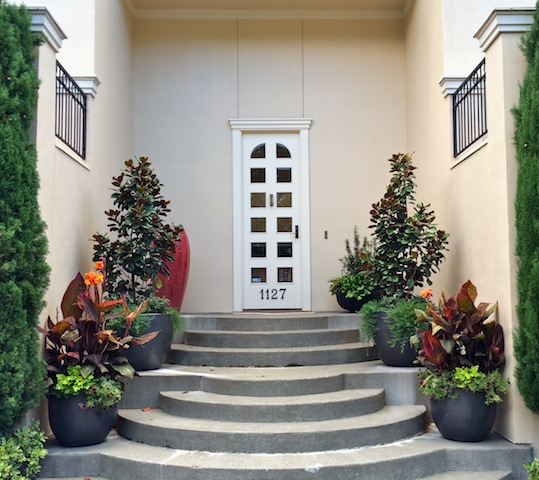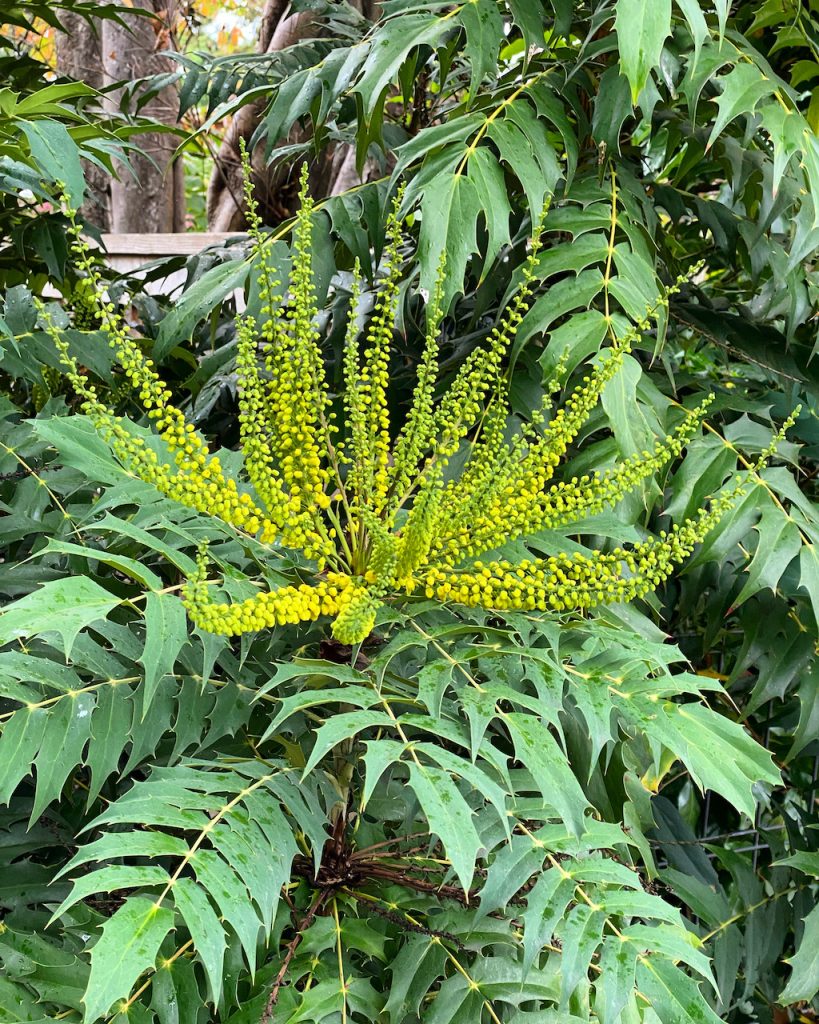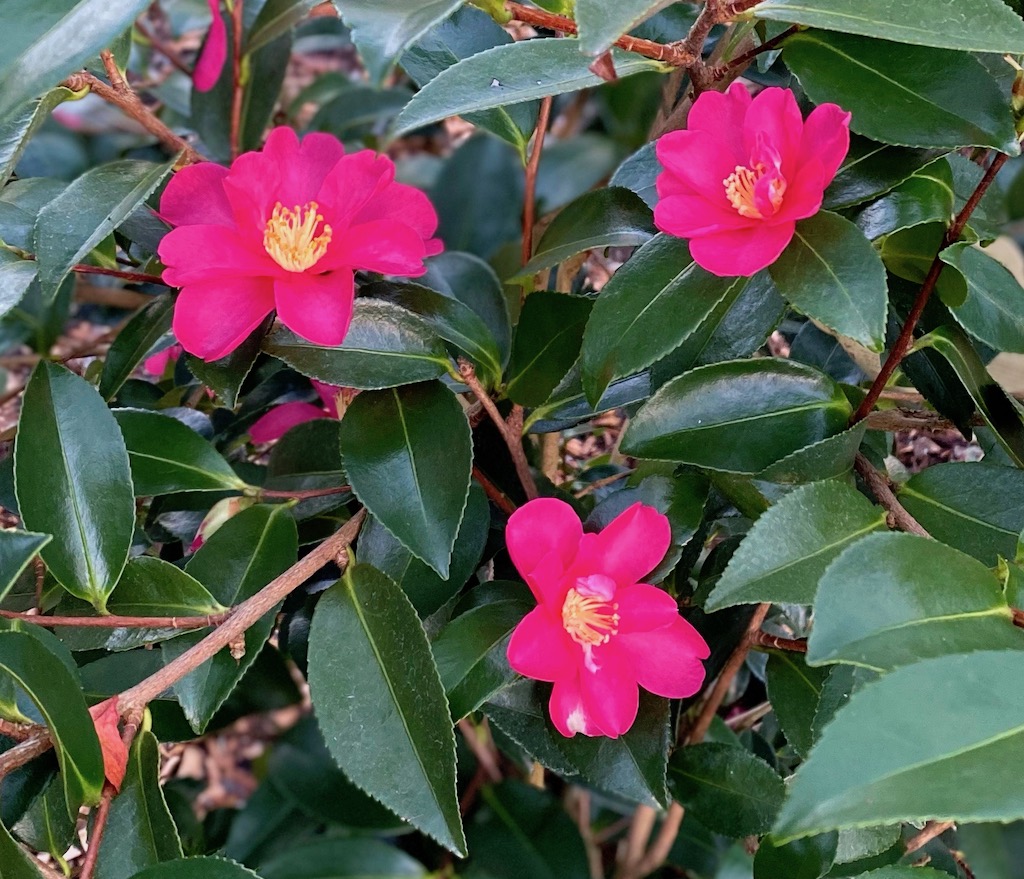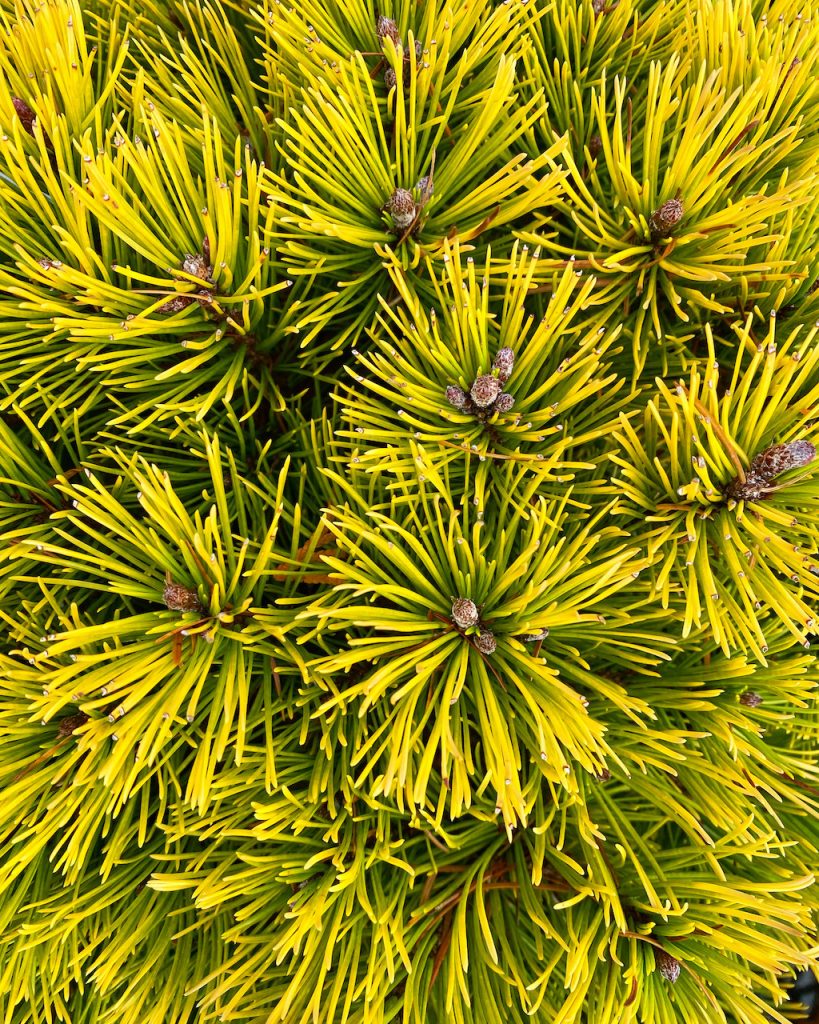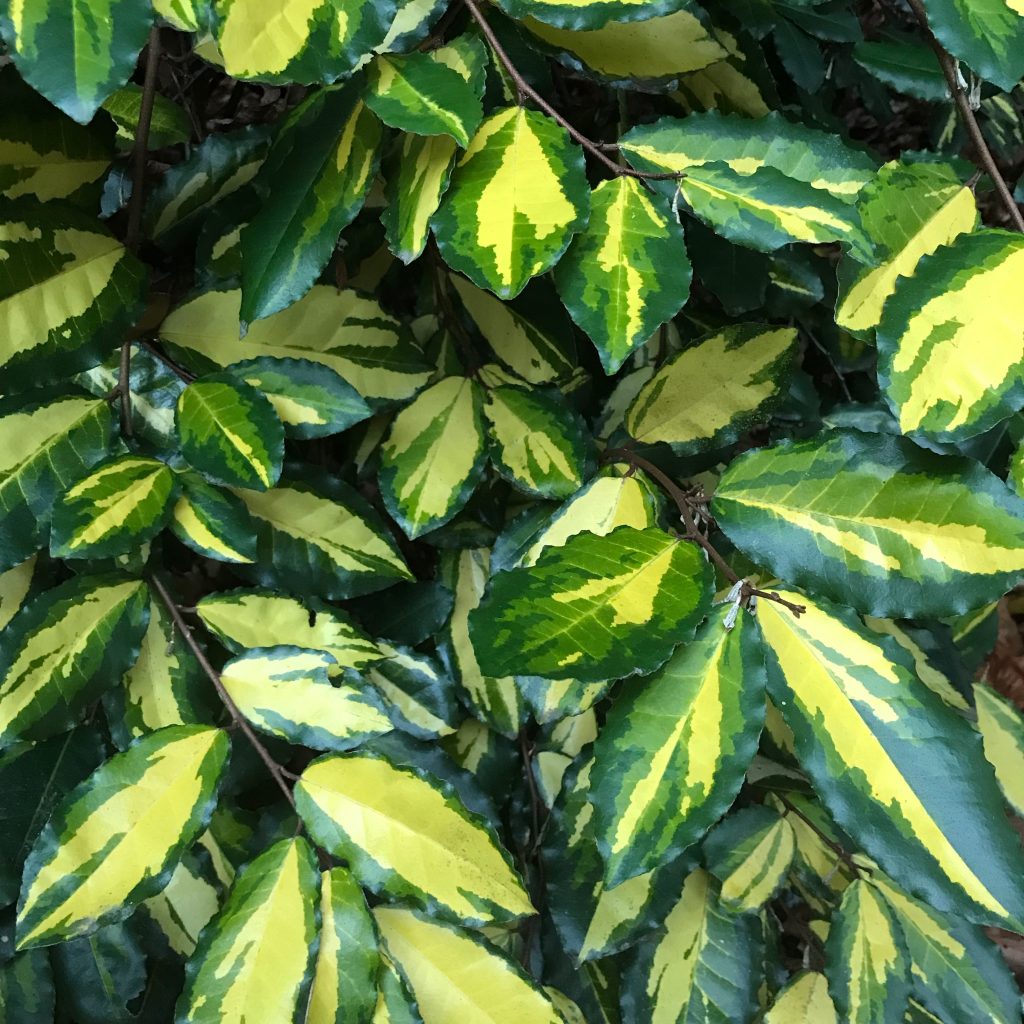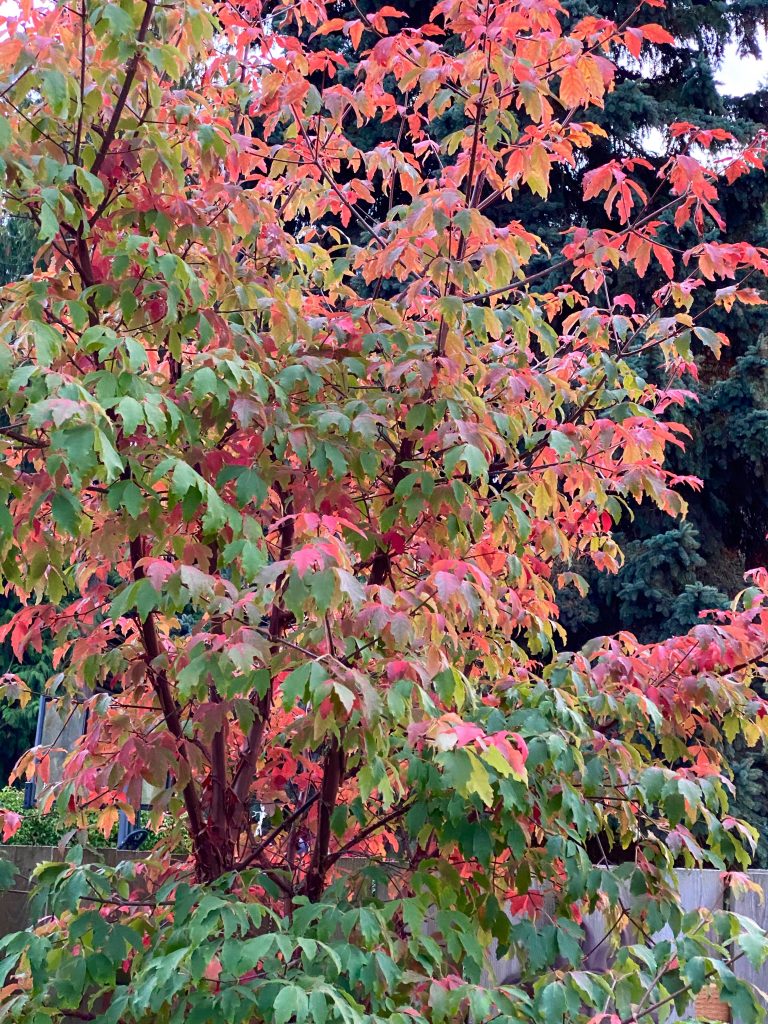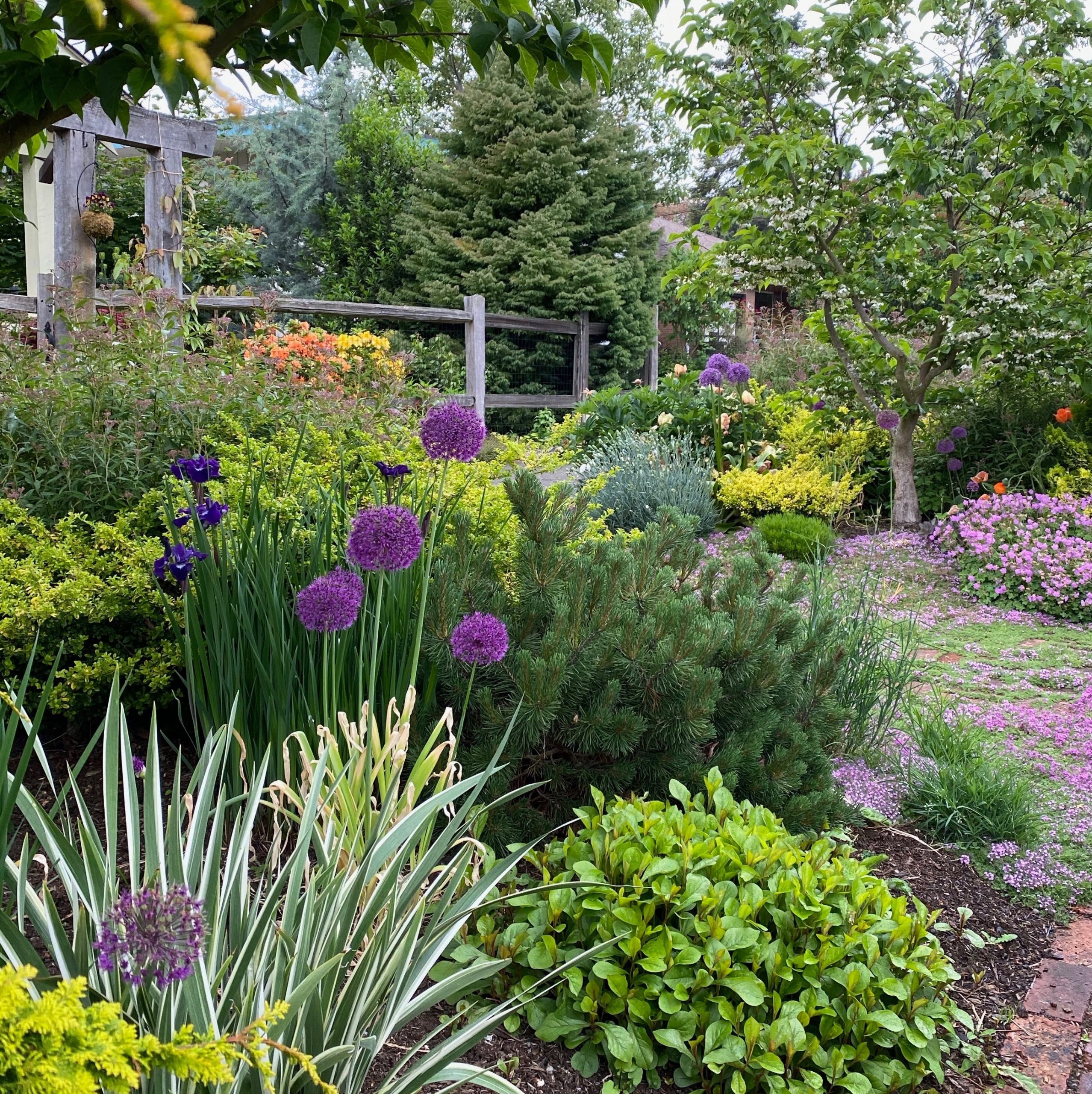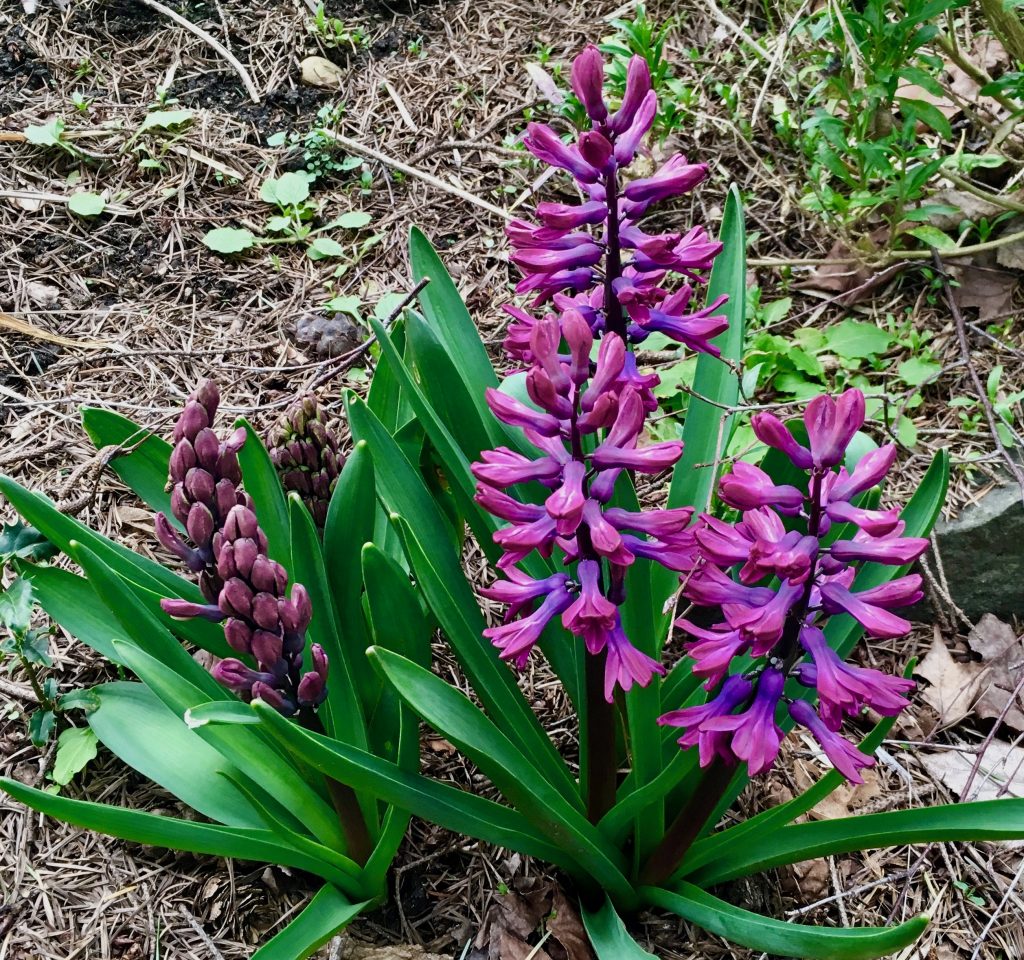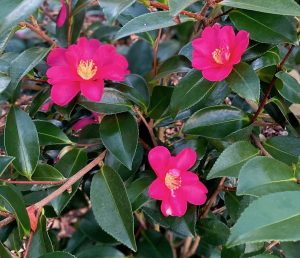If the plants in your garden aren’t looking quite the way you’d like, it doesn’t necessarily mean your green thumb needs a tune-up. You may be able to increase your rate of success by choosing plants that are more versatile and easy to grow. Some of the best choices are broad-leaf evergreens (evergreen plants that do not have needles or bare cones). These reliable workhorses thrive in a range of conditions. They’re so attractive that you’ll find even among the sophisticated garden palettes of experienced gardeners and designers.
Some broad-leaf evergreens to consider:
Choisya ternata (Mexican Orange Blossom) — Glossy, deep green leaves and a lush, bushy habit make this plant ideal for a low hedge or backdrop planting. Lots of small pure-white flowers compliment the foliage during summer. Choisya grows fast and can be shaped with regular hand pruning or allowed to grow free-form with only occasional shaping—you just want to avoid shearing them. Mexican Orange Blossom thrives in full or part sun, but languishes in shade. ‘Sundance’ has glossy bright golden-yellow foliage that needs sun to maintain its vibrant color. A garden standout, it provides many opportunities for dramatic combinations with other plants.
Aucuba japonica (Japanese Aucuba) — A dense mounding habit and glossy leaves make Aucuba ideal at the back of a shady border where its large ovate leaves will reflect light. Green-leaf Aucuba in deep emerald makes a rich backdrop for blooming perennials and other plants with colorful foliage. Aucuba ‘Picturata’, with golden-yellow variegation, will brighten a shaded woodland garden or pop as an accent plant. All Aucuba do best in full shade, and afternoon sun is to be avoided.
Escallonia — Escallonia are woody bushes with small leaves on twiggy stems. They range in size from compact and uniform to large and arching. They can be planted en mass as an informal hedge or screen. The tidy dwarf forms of Escallonia integrate well with mixed plantings. Alongside dwarf conifers, their small flowers make a nice contrast. Escallonia blooms profusely during the summer and its flowers are a favorite of bees. It will grow almost anywhere except in shade.
Viburnum davidii (David Viburnum) — Handsome dark-green foliage, small white flowers in spring, and small, deep-blue berries make Viburnum davidii a plant for all seasons. This is good plant to use for creating drifts or mass plantings in the context of a larger garden. Its substantial foliage will provide continuity and structure in a perennial border or mixed ornamental planting. Once out of favor due to over-use in the 1970s, this plant has made a comeback for good reason — it will grow in sun or shade and thrives in most soil types. It’s also low maintenance, needing only occasional thinning.
More ideas
With spring here, revitalizing your garden is a great way to welcome the season!
If you’re looking for more ideas, please contact me for a design consultation to learn about landscape design or how to maximize the impact of plantings for any spot in your garden.

